For years this 'Country Lady', the United Church in Centre Rawdon, has graced the property across from our house. Soon she will be removed from her foundations to become a home. The cemetary will continue to mark the graves of church members going back to the settlement days. It will be sad to see her journey onward, but I am glad she will continue to exist in another venue. A church in Upper Rawdon was lost in past years but has remained near its original location and houses a family in that community. This sort of event is becoming characteristic of rural communities as congregations gather up their members and amalgamate to worship in a nearby church. The UCW of this church used to hold remarkable fund-raisers in the basement in Novermber of each year- their best crafts, preserves, food and recipes. I smile every time I remember them.
The character of our property is dictated by our red barn. The original owner told me that cats began to enter the structure before it was ever completed, and we have witnessed generations of them in our 23+ years here. My research tells me that feral cats appeared in Nova Scotia sometime during 1632, when a shipload of agricultural animals, equipment and French brides arrived on the south shore. The assembly marched north then west into the Annapolis Valley on a track that later became the Old Windsor Road. So the cats descended from them, in part, resemble the 'throwback genetics' of the mainly tabbies that came from Pitou Province in France. And those cats originated in the Middle East and were adopted by Crusaders to control rodents and came back both overland and on ships.
We host about 14 of them now, and have counted as many as 31 in the loft during vicious winter storms. There is always fresh kibble in stock bowls for them, and an electric dog bowl with clean water. So we don't have rodents. The poor things have to travel through the nearby Caseylands to find a mouse! One of the tabbies is my housecat, Bee (short for Bumblebee).
Bee is typical of the original French cats, and the animals marked this way also display exceptional affection, excel at hunting and generally in getting everything they want. The ube-queen of the entire feral colony, Sweetpea, looks like this too.
As I write, winter is arriving, though November of 2010 has been kind. In the last week of the month the temperature has varied just above and below zero during the day. But we know the snow is to our west, the rest of Canada has had a swift start to the winter season. This is an average snowfall, but we can get more. Since adding a snowblower to our tractor, things have been easier.
And when spring arrives, this good land gives us an outstanding array of flowering shrubs and the greenest grass imaginable.
I'm going to leave discussion about chickens to a separate thread, because I could go on and on...
By the spring of 2011we had decided that the breed we prefer is Australorps. So a new phase in poultry-keeping begins.
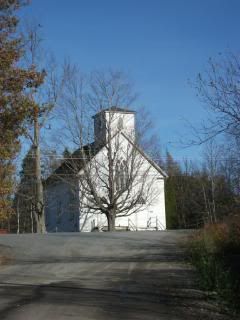
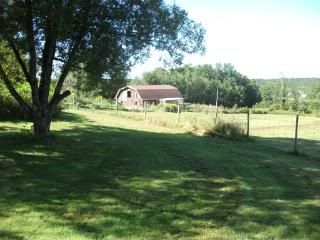
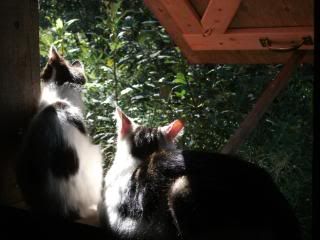

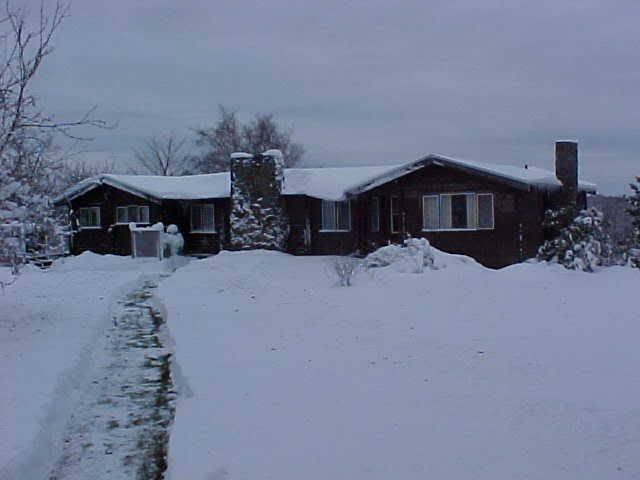
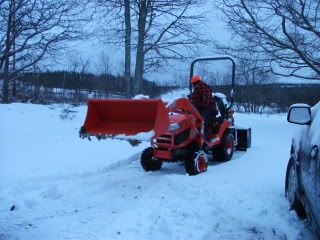
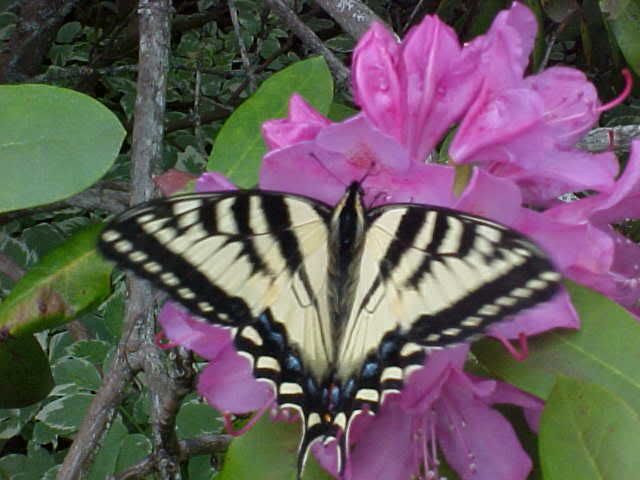


No comments:
Post a Comment